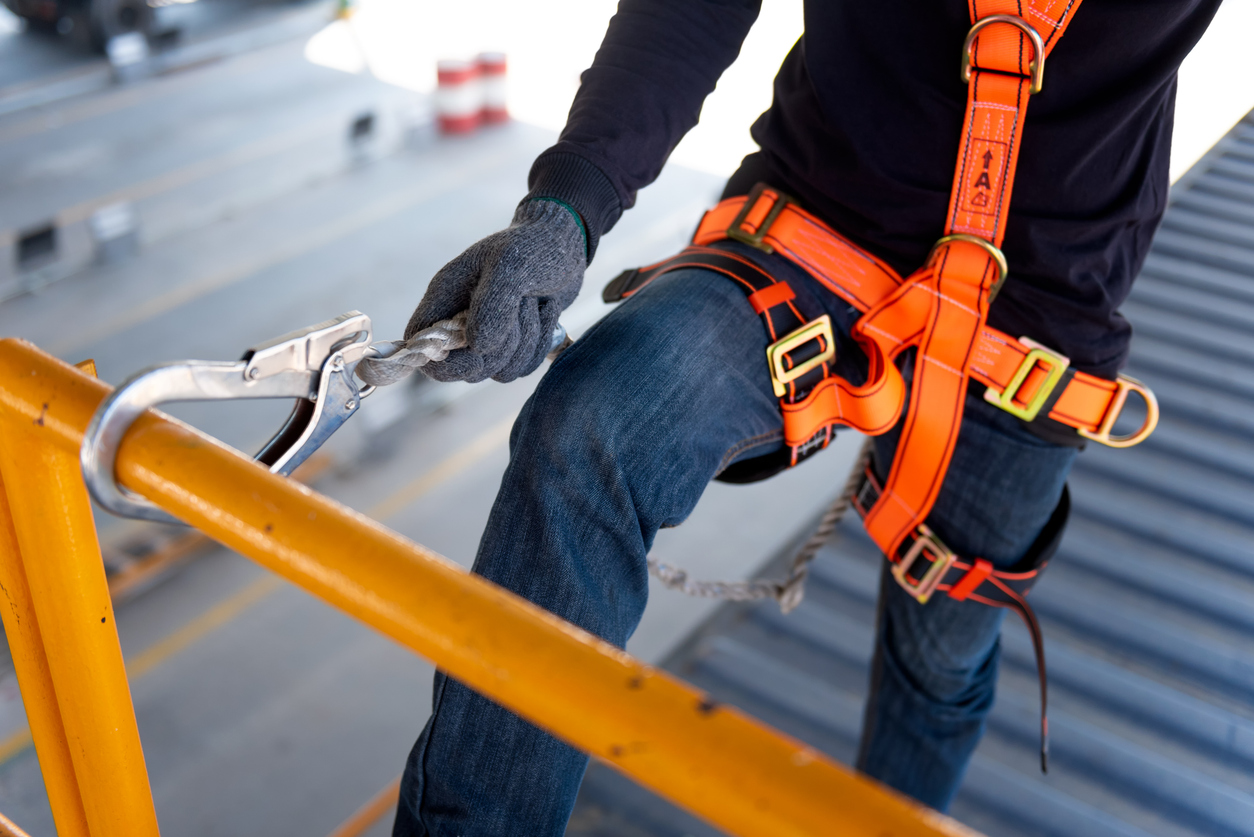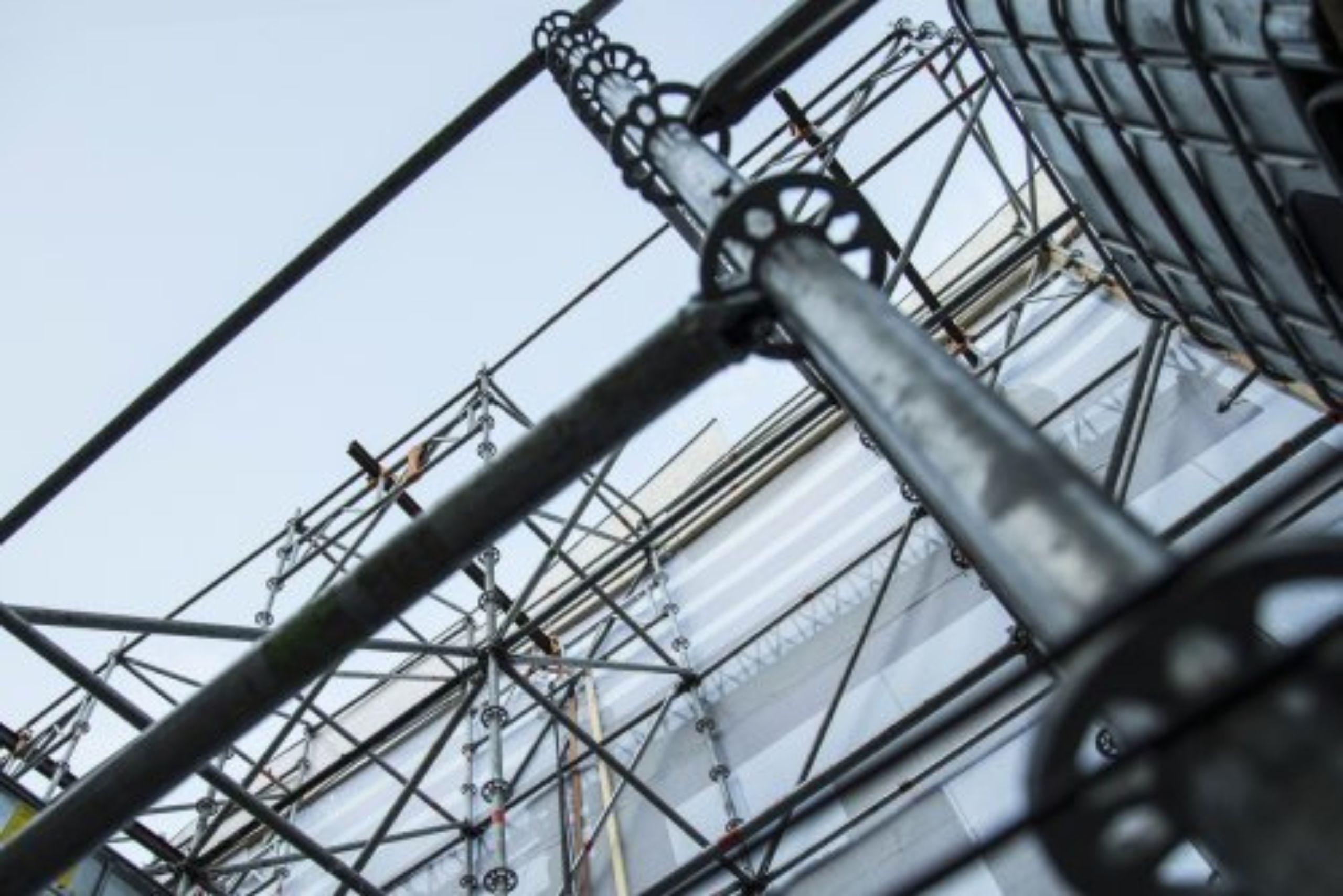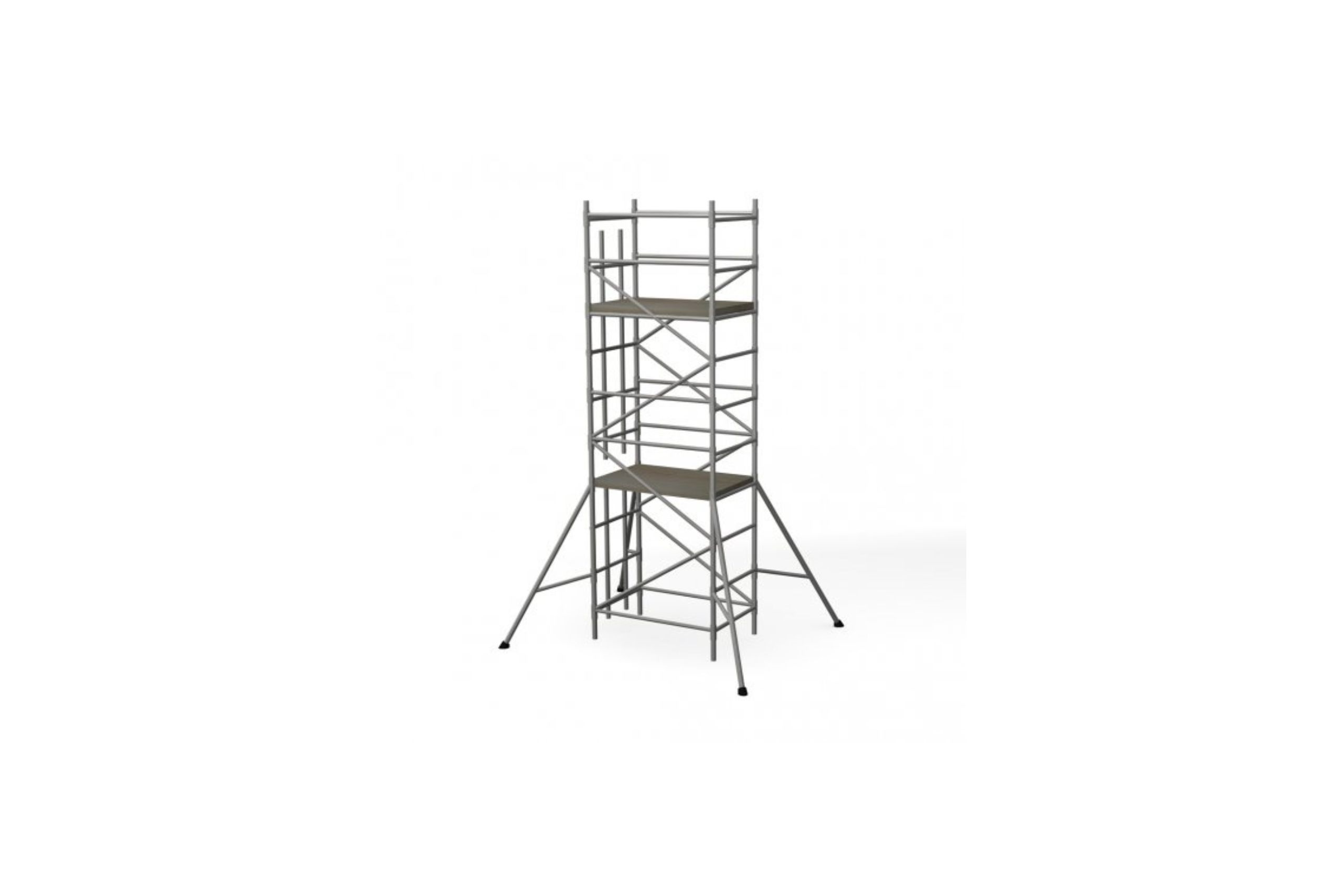Working at height is an integral part of the construction industry, yet it poses significant risks if not managed correctly. The Health and Safety Executive (HSE) highlighted that falls from height accounted for a notable 40% of fatal workplace accidents in 2022/23, with a majority occurring in construction.
Here are some of the different hazards that scaffolders face when working at height and look at ways you and your team can stay safe on site.
1. The Unpredictability of Weather
In the UK, the unpredictability of weather significantly impacts working at height. Adverse conditions like wind, rain, snow, and ice can affect the stability and safety of scaffolding structures. Regular inspections become crucial during such times, and in extreme cases, suspending work might be necessary. The use of Fall Arrest Blocks, particularly in colder months, is vital to mitigate the increased risk of slips and falls.
2. The Risk of Falling Debris
One of the prominent hazards of working at height is the risk of falling debris. From tools to loose bricks, it’s essential to ensure that such debris is caught and secured – whilst your workers are wearing safety helmets. Utilising Flame Retardant Scaffold Debris Netting can prevent debris from falling off the scaffolding, enhancing on-site safety.
3. Stability of the Working Platform
Recent incidents, like the scaffold collapse in South Liverpool, underscore the importance of regular safety inspections and the use of high-quality scaffolding materials. Laminated Scaffold Boards, known for their rigidity and strength, combined with a range of couplers, contribute significantly to maintaining the structural integrity of working platforms.
4. Inadequate Edge Protection
Poor edge protection is a critical concern in working at height risk assessment. An effective edge protection system, like the Combisafe Temporary Edge Protection System, is crucial to prevent falls. Designed for both steel and concrete structures, this system is lightweight, versatile, and offers maximum durability and strength.
5. Comprehensive Preparation and Training
Besides the physical hazards, it’s crucial to focus on thorough preparation and training. Understanding the nuances of working at height hazards in construction requires not just the right equipment but also the knowledge and skills to use them effectively.
Working at height in the construction industry encompasses various risks, from weather-related challenges to equipment-related hazards. Regular risk assessments, adherence to safety protocols, and continuous training are indispensable for safeguarding the well-being of workers.
For a deeper understanding and access to an extensive range of scaffold safety tools, visit our online shop or explore our corporate site for high-quality scaffolding supplies.



